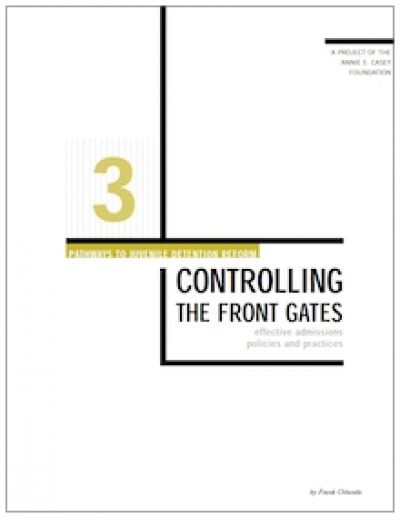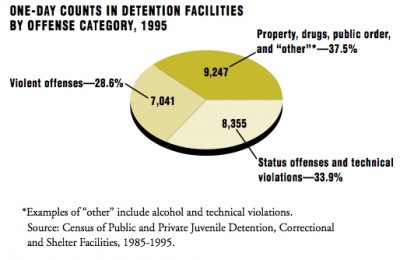Expert Advice
Before overhauling your admissions process, consider these five tips, courtesy of Juvenile Detention Alternative Initiative (JDAI) sites who’ve been there, done that: 1) involve key stakeholders; 2) collect current admissions data; 3) consider using consultants; 4) engage frontline staff; and 5) seek out success stories from other sites.








